With the alarming rise in greenhouse gases fueling global warming and climate change, the world is transitioning towards greener solutions. The automotive industry is no exception. This shift has led to a surge in green technologies and innovations, benefiting the planet and enhancing vehicle efficiency. From electric and hybrid powertrains to advanced compressed air systems, these 13 advancements are shaping the future of transportation.
Electric Drivetrains
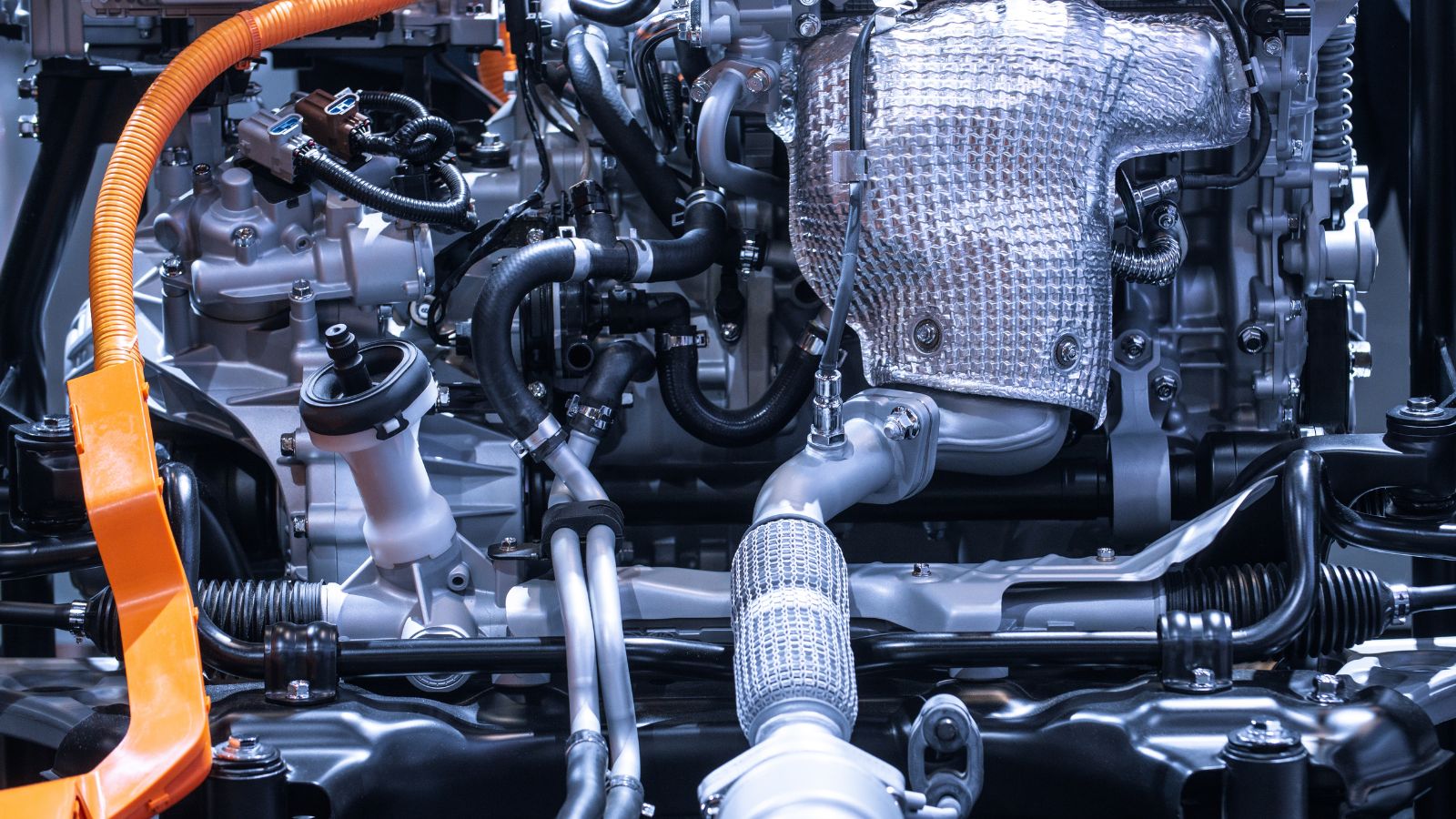
A significant green innovation is electric drivetrains, which have come to dominate the industry with their eco-friendly models. These electric vehicles use electric motors, drifting away from internal combustion engines, thus reducing emissions. Some of these models have easily surpassed gasoline vehicles in performance, technology, and security. These vehicles run on batteries and can be recharged in under an hour with a fast DC charger, becoming more affordable and practical.
Hybrid Powertrains
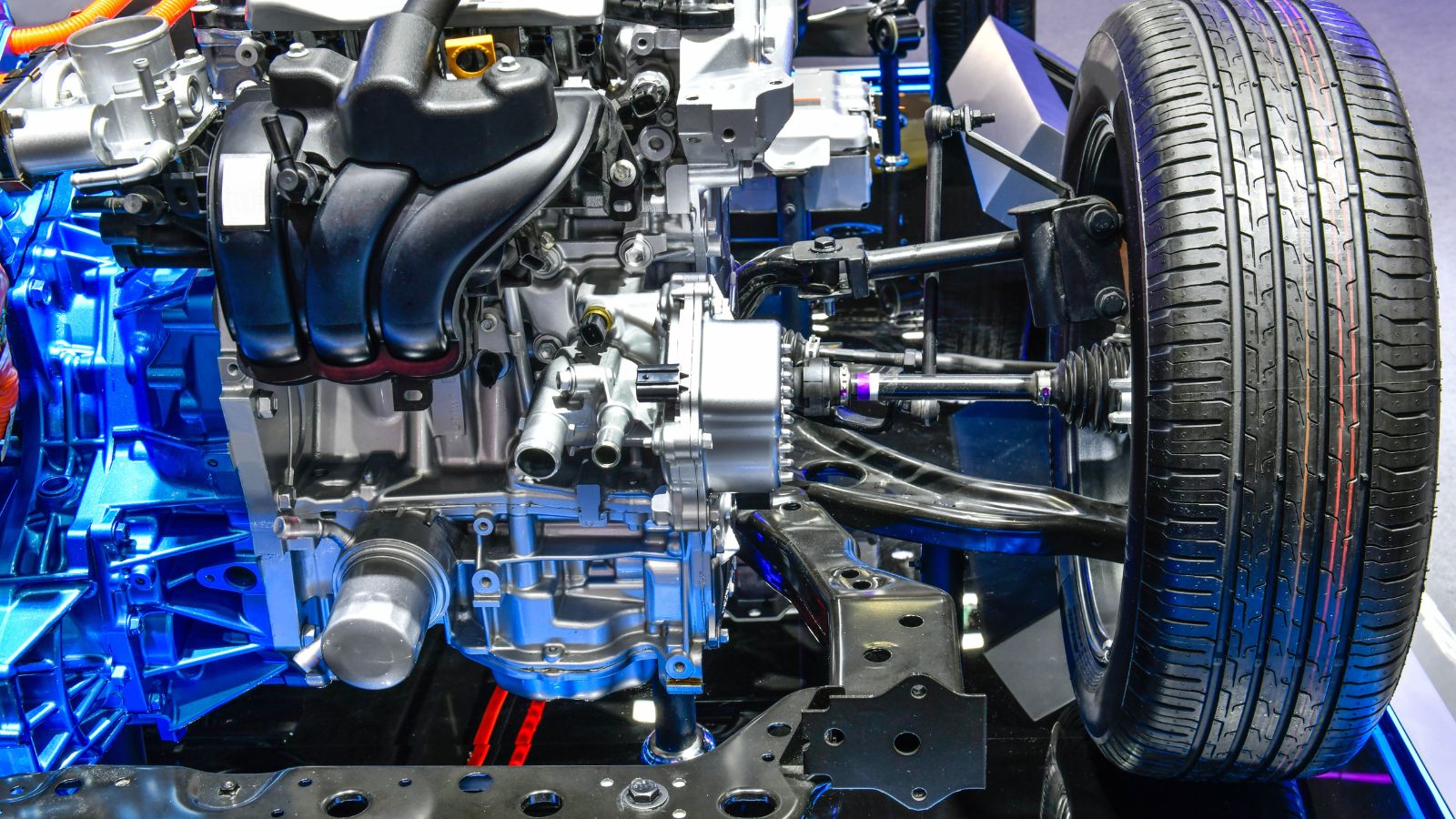
Hybrid powertrains are becoming increasingly popular for their efficiency and versatility. They combine an internal combustion engine with electric motors, providing both power. A huge benefit of hybrid powertrains is their immense driving range and fuel efficiency due to the blend of both power sources. This green innovation has attracted many drivers, who use the electric motor to assist the internal combustion engine to achieve greater speeds.
Regenerative Braking
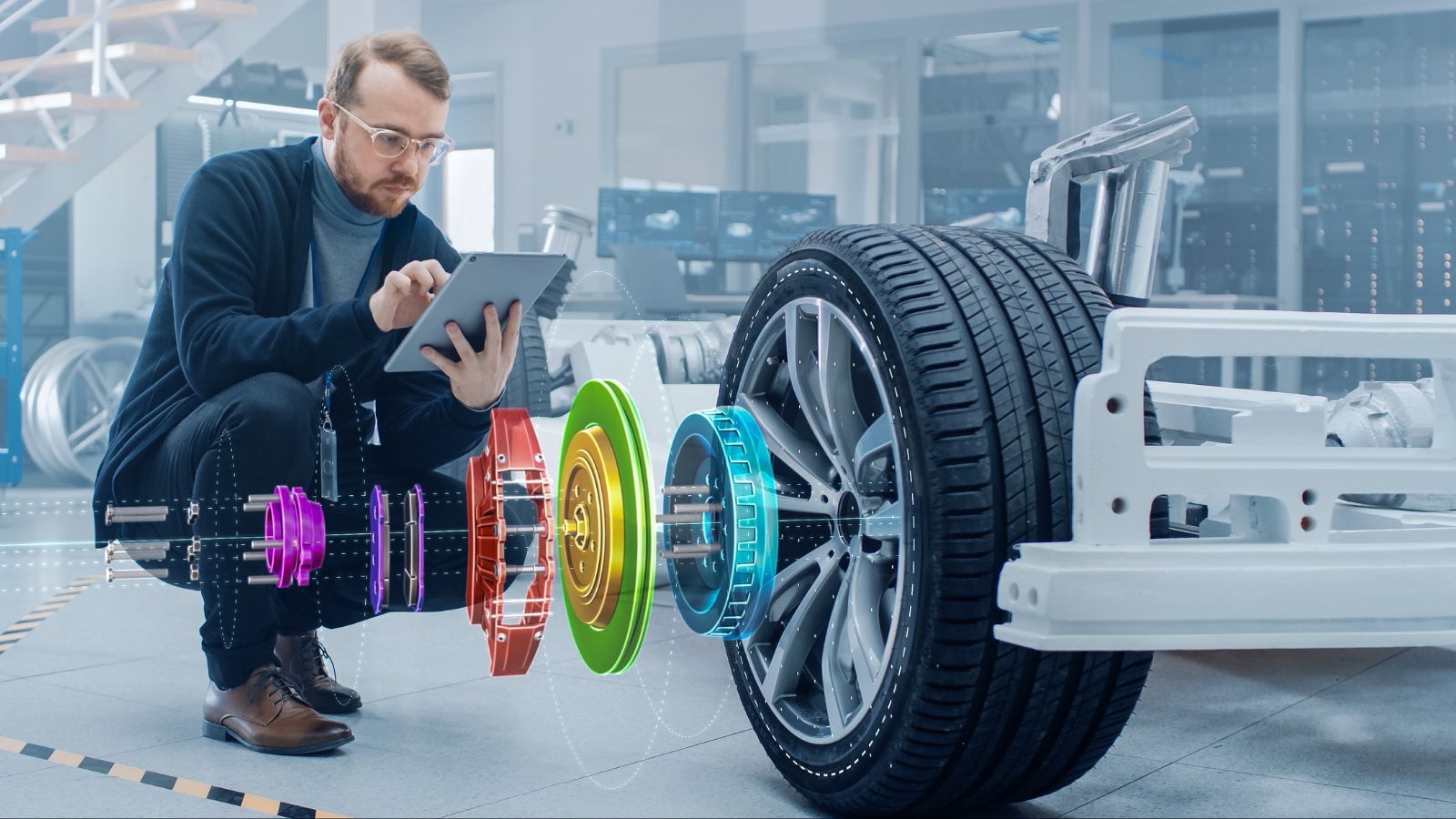
Regenerative braking technology was initially used in 1967 by the American Motor Car Company for its concept car. The commercialization of these brakes began when Toyota incorporated them into its Prius series. The technology revolves around recapturing the energy that is lost during braking. The vehicle’s electric motor becomes a generator that converts the kinetic energy into electricity.
Hydrogen Fuel Cell Vehicles
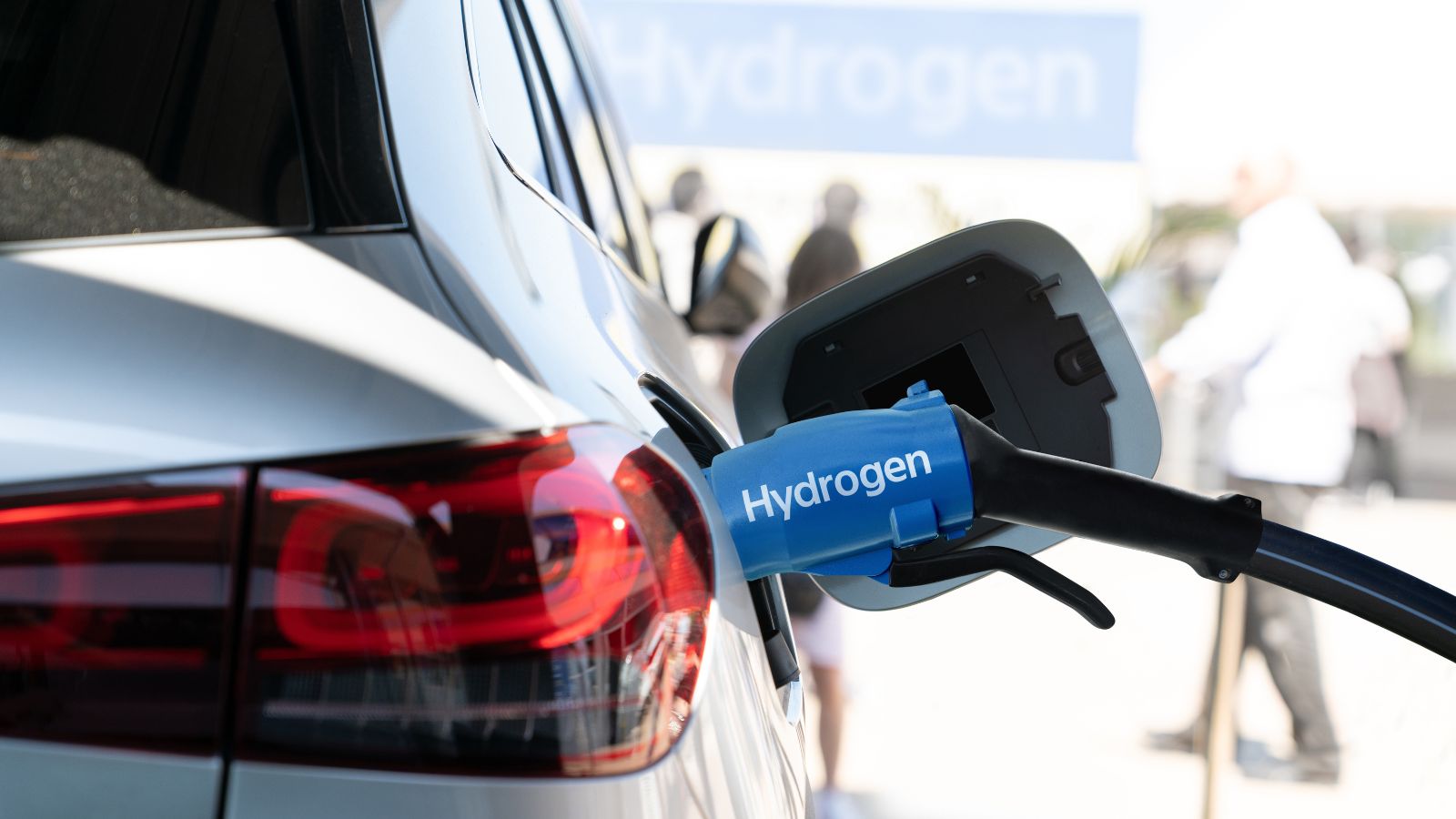
The Hydrogen Fuel Cell vehicles are even more eco-friendly than electric vehicles or any other green powertrain. In electric vehicles, the lithium-ion battery has to be disposed of when it has exceeded its life span, leading to more significant emissions. In hydrogen fuel cell vehicles, hydrogen is combined with oxygen to generate electricity, and water vapor is the only byproduct. These can be refueled quickly and advocate for driving longer miles, demonstrating the power of hydrogen as a clean fuel.
Eco Driving Modes

Like touring, sport, and other driving modes, the eco-driving mode is designed to optimize fuel efficiency and reduce emissions. The technology is similar to any performance-oriented mode that enhances speed and acceleration. In this case, the eco-driving mode adjusts the output, throttle response, and other transmission settings to save energy. This mode is seen in vehicles such as the Toyota Camry Hybrid, Ford Fusion Hybrid, and Kia Niro.
Lightweight Construction

A lightweight construction contributes to sustainability by reducing natural resource usage and carbon emissions. By reducing the vehicle’s weight, automakers can save the energy used for acceleration. This not only improves fuel economy but also contributes to reducing the overall carbon footprint. Manufacturers are using carbon fiber bodies and aluminum to make cars lighter yet durable.
Aerodynamic Enhancement
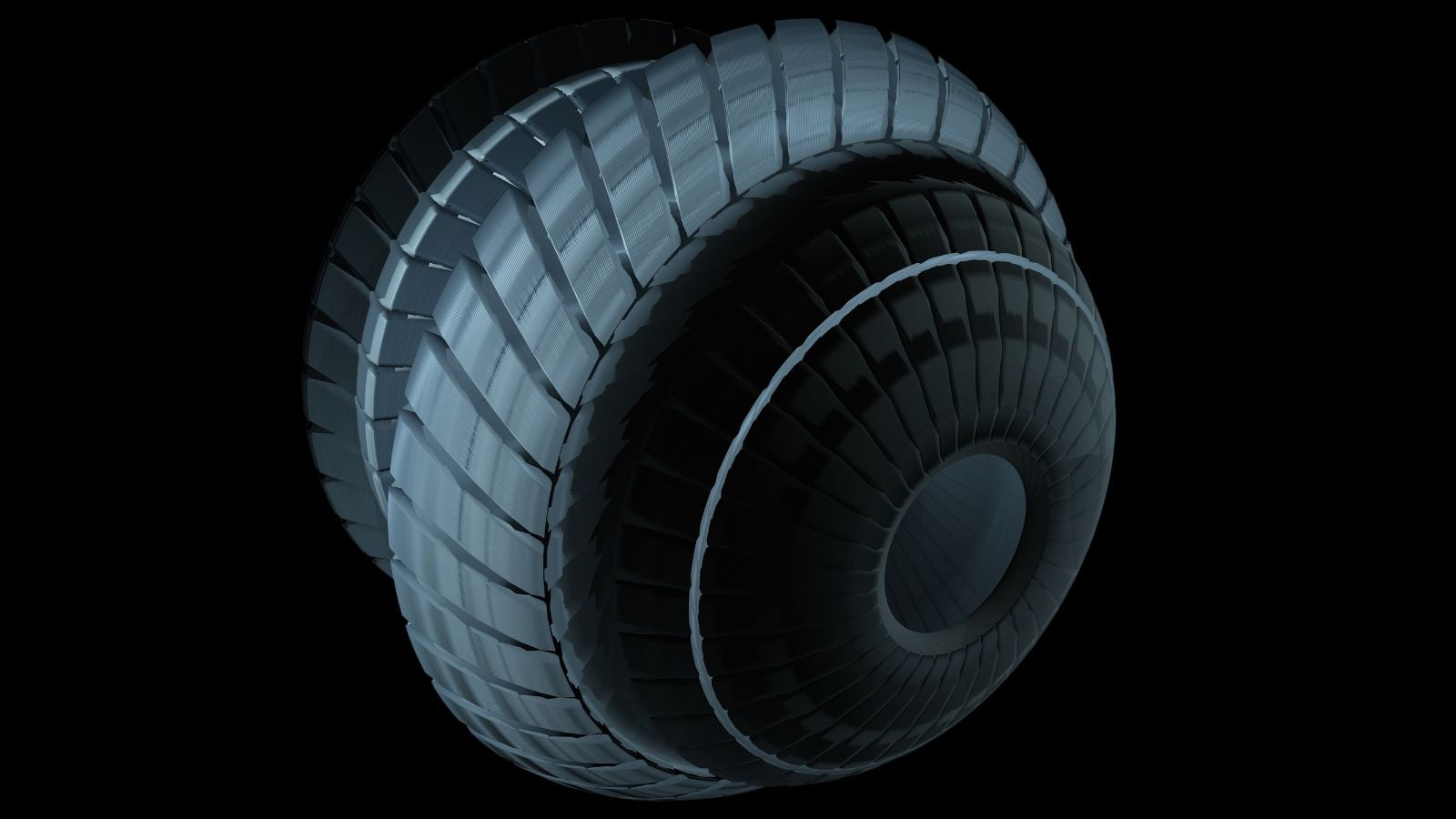
This feature and the car’s aerodynamic design are usually preferred to make the car faster. It is also a fantastic green innovation as it reduces the vehicle’s drag and eventually leads to better fuel economy. Most performance-oriented vehicles have sleek bodies, low-drag wheels, and laminar flow control surfaces. These enhancements lower emissions and make vehicles green while providing a dynamic driving experience.
Biofuels
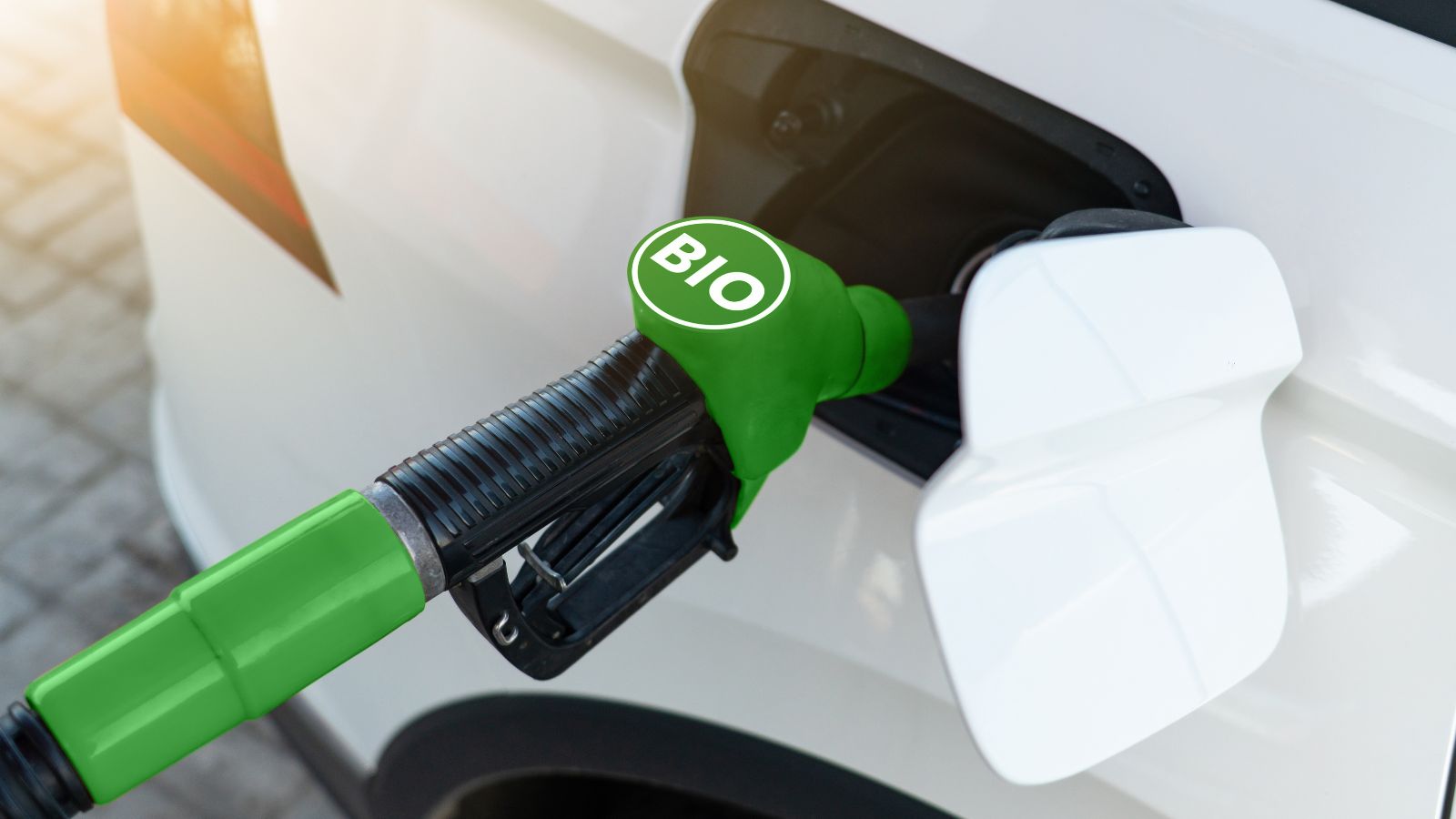
In contrast to the nonrenewable energy produced from fossil fuels, biofuels are renewable fuels from organic sources. Fossil fuels take millions of years to form and are extracted via coal mining and oil drilling. Biofuels make cars eco-friendly, using corn, sugarcane, and ethanol. In vehicles, the ethanol blends consist of vegetable oil or animal fats combined with gasoline and biodiesel.
Compressed Air Vehicles
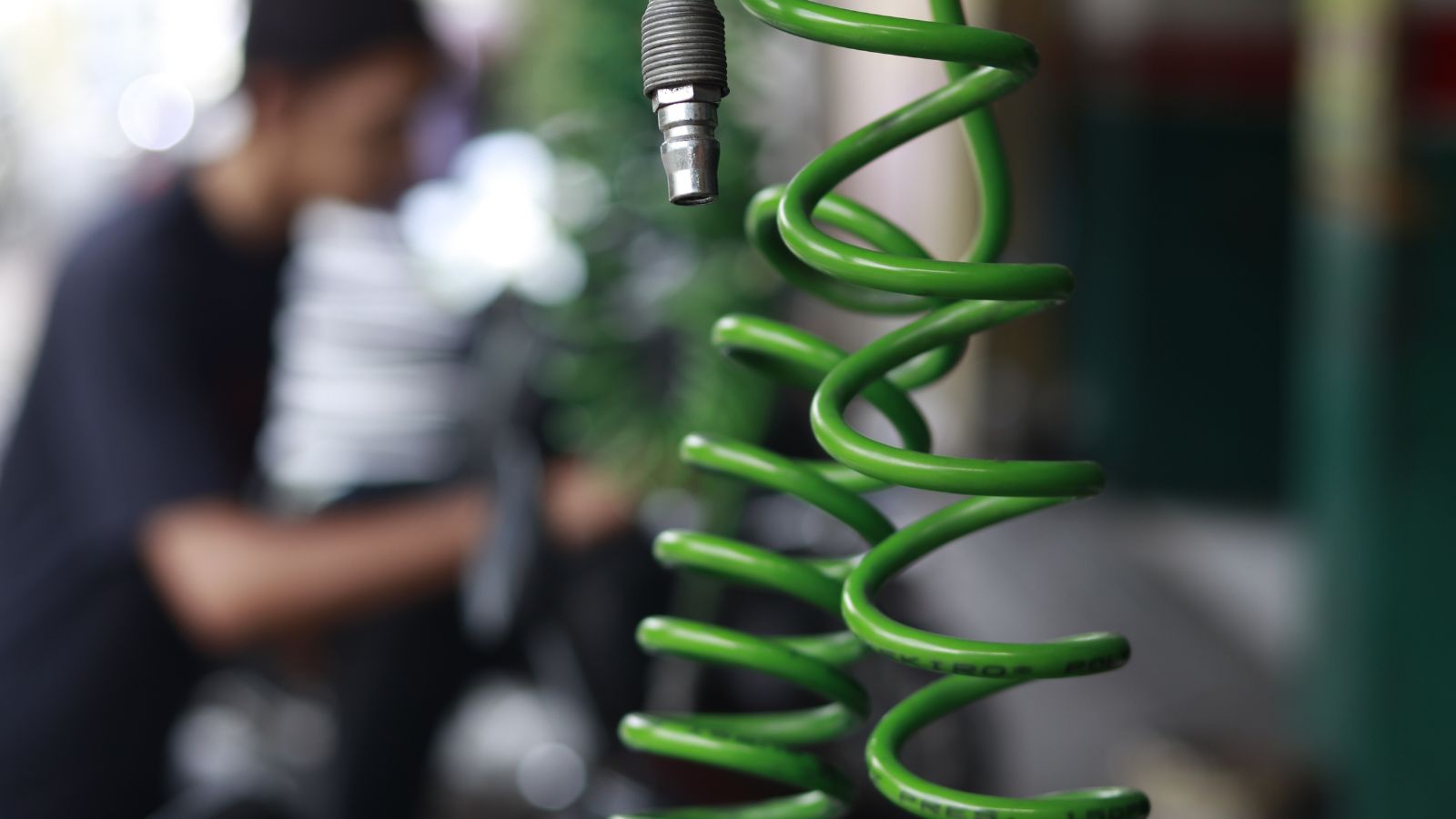
The infrastructure is developing, but this technology is not used as an active fuel or powertrain in vehicles. For instance, Tata Motors once embarked on the journey to make air-powered cars, also known as the Tata Airpod. This green innovation uses air compressed to high pressures as an energy source to power the engine. It is still experimental, storing compressed air in tanks and delivering it through the drive pistons.
Start Stop Systems

The Start-Stop system is a green innovation in many vehicles, including the BMW 3 Series, Ford Fusion, and Mini Cooper. The technology automatically shuts down the engine when it is not functioning, ideal during traffic jams and red lights. It advocates for reducing fuel consumption and is helpful, especially in the city landscape. Stopping the engine when idle also reduces overall pollution, a valuable feature for making cars eco-friendly.
Eco-friendly Tires

Moving towards eco-friendly tires is a great initiative that not only supports the green cause but also improves traction and stability. Using sustainable materials and recycled rubber, these tires are designed to reduce rolling resistance. This improves fuel efficiency and reduces unwanted energy loss, thereby assisting in reducing the carbon footprint. Bridgestone and Michelin are the two leading companies driving innovation in eco-friendly tires within the industry.
Smart Grid Integration
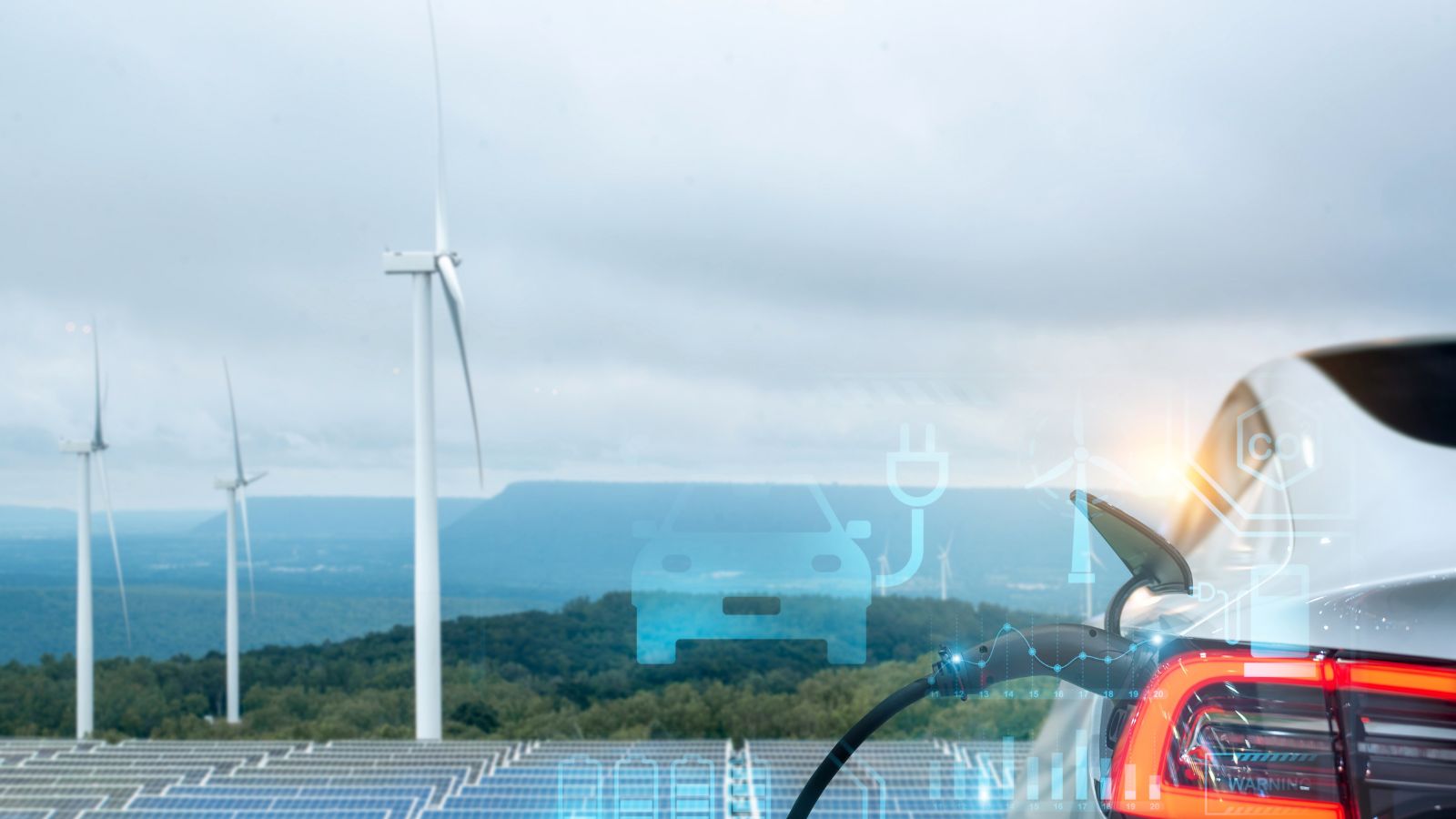
Smart grid integration or vehicle-to-grid lowers carbon emissions by allowing electric vehicles to charge during off-peak hours. This integration reduces strain on the grid and allows for the easy use of high volumes of energy. With the help of communication technology, the smart grid assists drivers in optimizing energy usage when electricity demand is low. With their smart charge technology, the Nissan Leaf, Chevrolet Volt, and Kia vehicles are designed to work with smart grids.
Sustainable Manufacturing

This green innovation, as the name suggests, includes a variety of practices that aim towards a sustainable future. These include using recycled materials and proper waste management practices to improve energy efficiency during manufacturing. For instance, recycled plastic bottles are used in Ford’s interior, and recycled carbon fiber is used in BMW vehicles. Established automotive giants are investing in renewable energy for their manufacturing plants. By adopting such sustainable practices, vehicles can aim for a greener and eco-friendly future from the assembly line.
14 Supercars Under $100K That Deliver Breathtaking Speed and Style
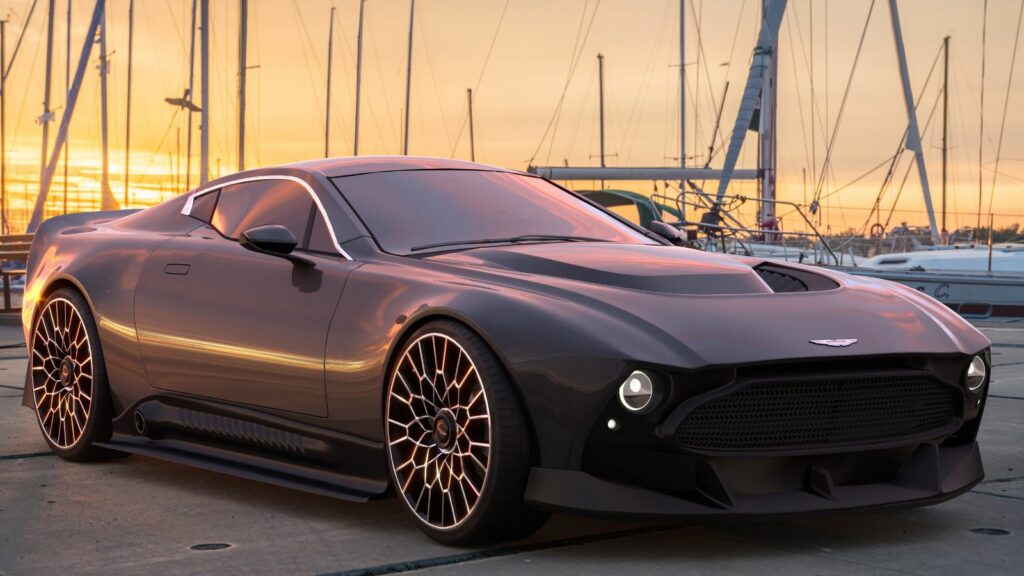
When you think of supercars, names like Ferrari, Lamborghini, and McLaren often come to mind, along with their staggering price tags. However, high-performance vehicles aren’t exclusively reserved for the super-rich. There exists a sweet spot where speed, style, and (relatively) sensible pricing converge, offering thrilling rides without completely obliterating your bank account. Hop in as we explore 14 underrated supercars under $100K.
14 Supercars Under $100K That Deliver Breathtaking Speed and Style
